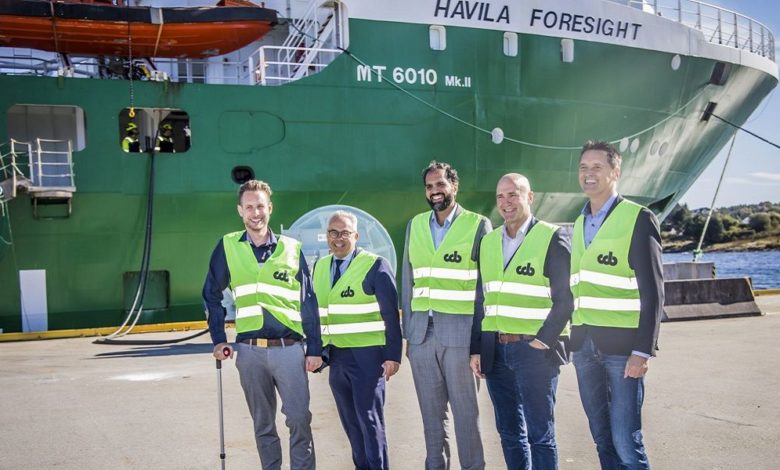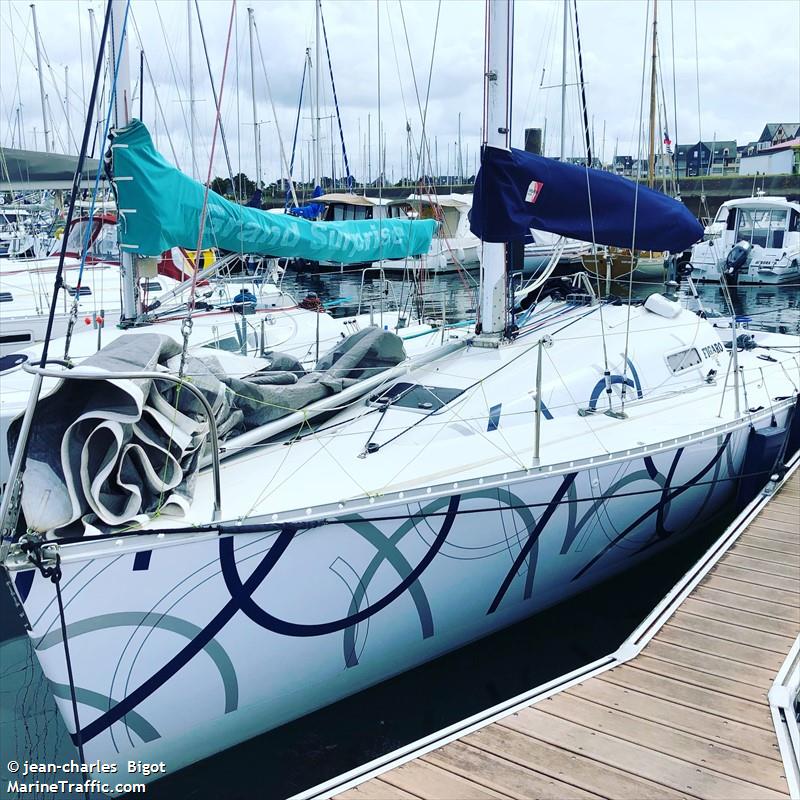Norwegians showcase hydrogen-based shore power solution

A Norwegian consortium comprised of four local players, PSW Power & Automation, Westgass Hydrogen, CCB and H2 Production, has been established to provide a hydrogen-based shore power solution to the maritime sector.
The system, designed by PSW, part of Norwegian industrial owner Scana, was piloted at CCB’s shipyard in Ågotnes this week on the platform supply vessel Havila Foresight chartered by Equinor.
PSW said its solution caters to the high capacity needs of major actors in the sector, such as supply vessels, cruise ships, drilling rigs and fish farms. It works by using clean hydrogen to drive fuel cell generators, which in turn generate high-capacity electricity that can be integrated into existing grid-connected facilities or work on a standalone basis.
Shore power can be a quick and easy win
“This solution is the first of its kind in a commercial setting,” said Eirik Sørensen, general manager at PSW, with Styrk Bekkenes, CEO of Scana, adding: “We have shown that our container-based power solutions can be fuelled by hydrogen, and together with our partners we have demonstrated that the value chain for such solutions is in place.”
Platform suppliers, cruise ships, drilling rigs and fish farms that rely heavily on diesel generators can each consume the equivalent of the power requirement of 400 to 500 houses for their onboard operations. Connecting to onshore power supply when docking at ports and shipyards is a preferred solution to reduce emissions, but CCB said it is facing significant challenges in meeting demand due to capacity constraints in the electricity grid.
“It is important that ports across the country offer zero-carbon solutions to the maritime sector. Shore power can be a quick and easy win, and we want to provide clean energy to our customers. However, grid capacity is an issue – there is simply not enough to satisfy megawatt scale demand. We need to speed up this work to reach the goals that have been set,” stated Jan-Dagfinn Lund, CEO at CCB.
A key component to delivering a complete end-to-end set up across Norway is the supply and distribution of clean hydrogen supply itself, which for this pilot was sourced by Westgass.
“The energy transition needs to be convenient for end users. And it has to make commercial sense. We have to handle all the supply chain complexities and risks so customers can make an easy switch,” remarked Kinar Kent, CEO of Westgass. “Of course, this is not a simple challenge, but we have done our part to show we are ready. We now need the right levels of commitment from clients and government stakeholders for a full-scale rollout.”
Future supply to Ågotnes will come from H2 Production’s energy park in Øygarden. This will be one of several establishments that take place as a consequence of hosting the liquefied CO2 terminal as part of the Longship project, funded 80% by the Norwegian government.

 chartered by Equinor.
chartered by Equinor.